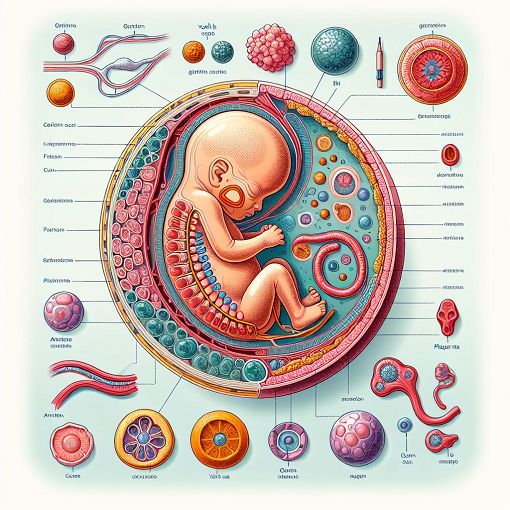Fetal membranes + gastrulation
{"name":"Fetal membranes + gastrulation", "url":"https://www.quiz-maker.com/QPREVIEW","txt":"This quiz is designed to test your knowledge of fetal membranes and the process of gastrulation. It covers key concepts, functions, and structures involved in early embryonic development.Assess your understanding of fetal membranes.Explore the role of the placenta in fetal development.Engage with questions on the process of gastrulation and germ layer formation.","img":"https://cdn.poll-maker.com/104-5107565/img-ebqfrgcxkcqymankcljeemyo.jpg"}
More Quizzes
Anatomy Quiz: Test Your Knowledge!
482423
DEVELOPMENT OF LIFE REVIEWER
1587
Kuiz sejarah
100
Quiz 5
1680
Depreciation Test - Free Practice Online
201017533
North & Central America Map - Name Every Country
201025105
Talent Management Assessment - Check Your Skills
201017459
IQ Test India - Free Online for Indians
201023213
Which Bat Family Member Are You? Free Character
201021912
Emophilia Test - How Fast Do You Fall in Love?
201020784
What Hairstyle Suits Me? Free to Find Your Best Cut
201018485
Am I Lactose Intolerant - Free Symptoms Self‑Check
201020112
